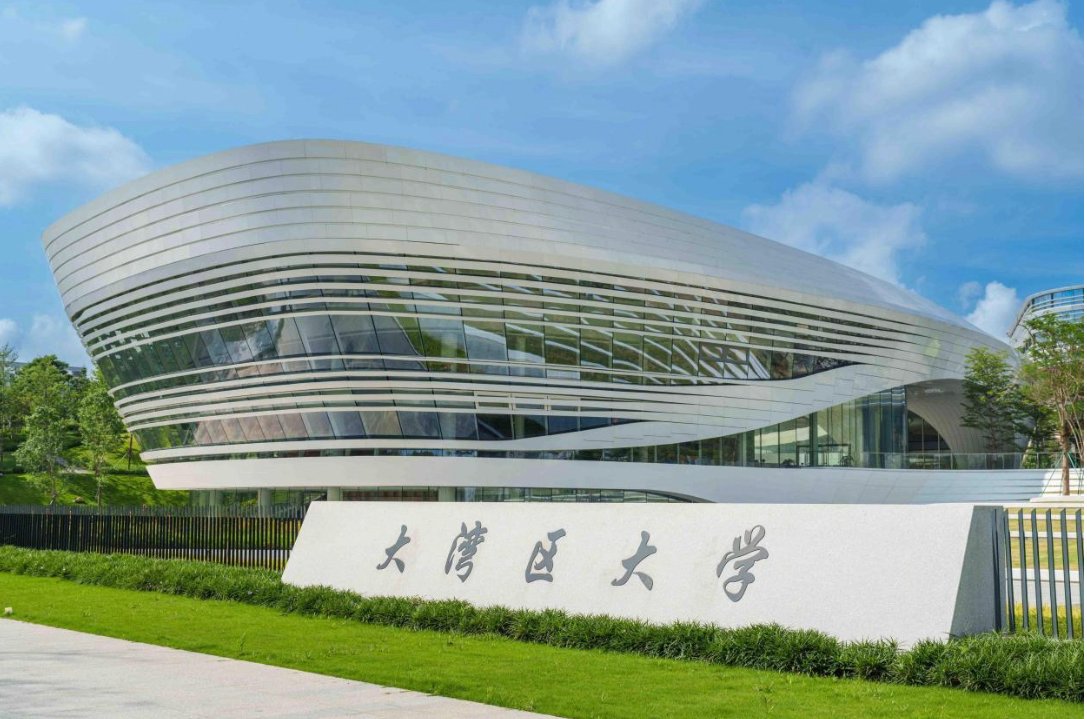By Wu Dan, He Linping, People’s Daily
On June 19, China’s Ministry of Education approved the establishment of Great Bay University (GBU) near Songshan Lake in Dongguan, Guangdong province. Importantly, the university marks a new model for research universities in the Greater Bay Area.
The term “Greater Bay Area” once described only geography. However, it now symbolizes economic dynamism, technological innovation, and leadership. Consequently, with GBU, it extends into higher education.
What sets Great Bay University apart?
GBU’s location supports its vision. Specifically, minutes from Shenzhen, a technology hub, the university gains access to cutting-edge scientific and technological resources. The region hosts Huawei, China’s first pulsed spallation neutron source, and the Songshan Lake Materials Laboratory. Moreover, lunar soil samples from the Chang’e-5 mission are also studied here.
“Establishing GBU near Songshan Lake fosters cooperation with local labs, large-scale facilities, and tech companies. Additionally, excellent transport links to Guangzhou and Shenzhen enhance connectivity,” said Tian Gang, academician of the Chinese Academy of Sciences and founding leader of the university.
GBU has two campuses: Songshan Lake, already in use, and Binhai Bay, under development.
The university focuses on science and engineering and offers high-quality education on a smaller scale. Its initial programs include mathematics, applied mathematics, physics, materials science and engineering, computer science, and industrial engineering.
In its first undergraduate admissions in July, GBU enrolled 80 students in physics, filling all available slots. Despite this, the university has nearly 300 faculty members, 70% of whom have experience at top-tier international universities. The staff includes 10 academicians and 78 national-level leading talents.
“We encourage students to work with different mentors and gain hands-on laboratory experience. Furthermore, our curriculum aligns with national needs, social demands, industrial priorities, and global frontiers,” said Zhao Jinkui, executive dean of the School of Material Science.
GBU promotes collaboration through partnerships between universities, research institutes, and enterprises. These efforts align with the Greater Bay Area’s development needs. In particular, Guangdong province optimizes university distribution and fosters clusters of world-class institutions with regional characteristics.
Innovative universities such as GBU, Southern University of Science and Technology, and Shenzhen University of Advanced Technology are advancing interdisciplinary research and cultivating top-tier talent. Similarly, joint-venture universities, including Beijing Normal-Hong Kong Baptist University and The Chinese University of Hong Kong, Shenzhen, support sustainable, collaborative development.
Vocational institutions like Shenzhen Polytechnic University and Guangdong Industry Polytechnic University train professionals with theoretical knowledge and practical skills in order to support industrial transformation.
“We are advancing a higher education strategy focused on excellence, addressing gaps, and strengthening distinctive strengths. As a result, our goal is to develop universities of greater depth and quality,” said Lin Rupeng, director of Guangdong’s Department of Education.
Guangdong allocates dedicated funding to help universities achieve world-class status. Specifically, this includes support for talent recruitment, research, platform development, and academic programs, while granting greater operational autonomy.
Read climate-related news here: https://greenpost.com.pk/










